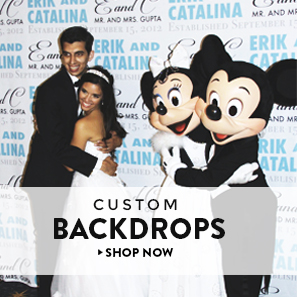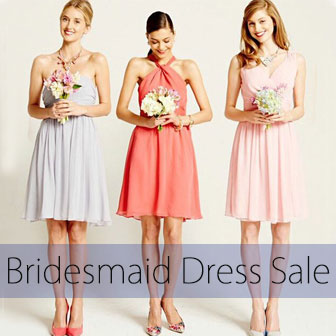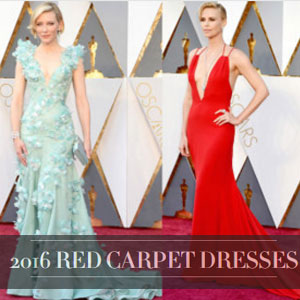
Diamonds are among the rarest and most precious commodities on Earth. For this reason, they’re extremely valuable. For years, investors and jewelers alike have looked to these precious stones to either keep or make their living.
Loose Diamonds have been investment safe-havens for centuries because if their perpetual value. But whether you’re an investor, or someone looking to build their own engagement ring, navigating the world of loose diamonds can be daunting and frustrating.
In this guide, we’ll break down the basic steps and identify the core questions you need to ask yourself before getting your hands on these beautiful rocks.
First Things First: What Size?
When looking at a range of loose diamonds in Australia or anywhere else in the world, it is worth noting that adiamond’s carat-size is based off its weight. Obviously, the heavier the diamond, the more expensive – especially for loose diamonds.
One of the best tricks to getting around paying top-dollar for loose diamonds is buying at odd carat-intervals. You see, diamond prices increase the most every 0.5 carats. In other words, a 1.49 carat diamond will be much cheaper than a 1.5 carat diamond, but the difference won’t be noticeable.
Because the size of the rock is the first thing anyone really looks at, it’s probably where you’ll get the most bang for your buck. Bigger diamonds are always more impressive, even if the stone itself is of lower quality.
However, there is something to be said about small, yet flawless diamonds which will shine much brighter than larger, dull ones. Knowing what your future-fiancé will like more is key here.
What Shape?
For investors, this is likely of little consequence, but buying stones that are your typical “Round Brilliant” (the traditional shape) will likely be a safer investment. That’s because oddly-shaped diamonds would need to be cut before they can be utilized for most jewelry.
In the same way, those looking to build their own diamond engagement rings will need to pay special attention to the shape and cut because it can affect options for the setting and the band.
With the cut quality especially, the safest bet is to isolate your options to Ideal/Excellent. With traditional round shapes, these classifications are usually reliable as the standard is fairly universal. For odd shapes, however, the classifications vary from vendor to vendor. In addition, they can be difficult to measure. It’s better to simply view all of the options for odd-shapes, because filtering out “low-quality” cuts can inadvertently prevent you from seeing perfectly viable options.
What Color Grade?
The clearer the better. Colored diamonds, especially those with yellow or brown hues, can end up looking unlike diamonds entirely.
That said, medium-grade diamonds and high-quality ones will have a virtually invisible difference in color. The best diamonds have no color, but medium diamonds may have a slightly blue tint.
What Clarity?
This can be tricky, especially when doing your shopping online. Clarity refers to whether the diamond has internal/external blemishes or not. In other words, does it look clean to the naked eye?
The trick is that most people can’t spot these blemishes, and there isn’t any drastic difference between excellent clarity and good clarity – so it’s a great place to save money. What you save can go towards buying a larger diamond or one with a better cut.
Of course, when you’re online, it’s not possible to tell if the diamond looks clear to the naked eye. Some vendors will have features that allow you to view the diamond in a virtual studio, but others will not, so be extremely careful.

























